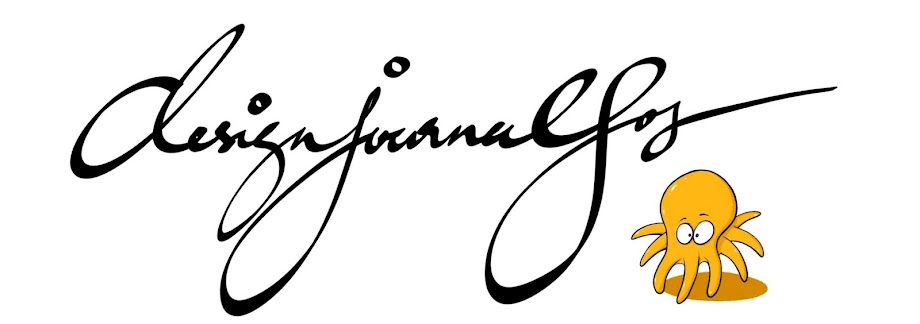The idea of sketching ideas back in their contextual perspective is not new. I talked about this many many posts back. Just in case you might not have seen or know about it... here is another one.
.......................................................................................................................................
During the stage of idea generation (or development), it is common for students to sketch the proposed solution as it is being explored or refined (if any) with no reference to the object it is intended to hold or the user who is supposed to be using it. It is like idea generating a pencil holder without any pencils in view. Note: Coincidentally, the three examples below did not show the user at all in order not to complicate this post.
.......................................................................................................................................
But you should observe that all three examples I have below, 1) an Umbrella Stand, 2) a Satay Sticks Monouverer, and 3) a Mobile Phone stand for a Bike, all have TWO things in common.
FIRSTLY, up to a certain stage in the idea generation process, 1) an Umbrella is sketched in, followed by a few, 2) a Satay stick sketched in, and 3) a Mobile Phone sketched in - all of them to get a 'feel' of the proposed solution when it is in use with the object they are intended for.
SECONDLY, up to a certain stage in the idea generation process, 1) a Shop is sketched in, 2) a BBQ pit is sketched in, and 3) a Bike handle bar is sketched in.
What for? To get a 'feel' of the proposed solution when it is in use with the object they are intended for. Why? Because ultimately these products got to be used in those proposed contexts!
Umbrella Stand
Satay Sticks Monouverer
Mobile Phone stand for a Bike
Another reason why you ought to be doing so is so that you would be able to be sure that the proposed solution is likely to look right (or not) or likely to work (or don't work) in its rightlful context. To be dead sure, you may even want to move on to make a quick mock-up and place it there or start 'using' it in context.
In conclusion,
Idea Generation without including and evaluting the intended objects as it is being used or the user who will eventually be interacting with it, is like talking about the adrenaline rush you get on a roller coaster ride - and this is what you see: there is no one on it, no sight of the coaster rails and the roller coaster is just aesthetically pleasingly sitting on concrete ground.











